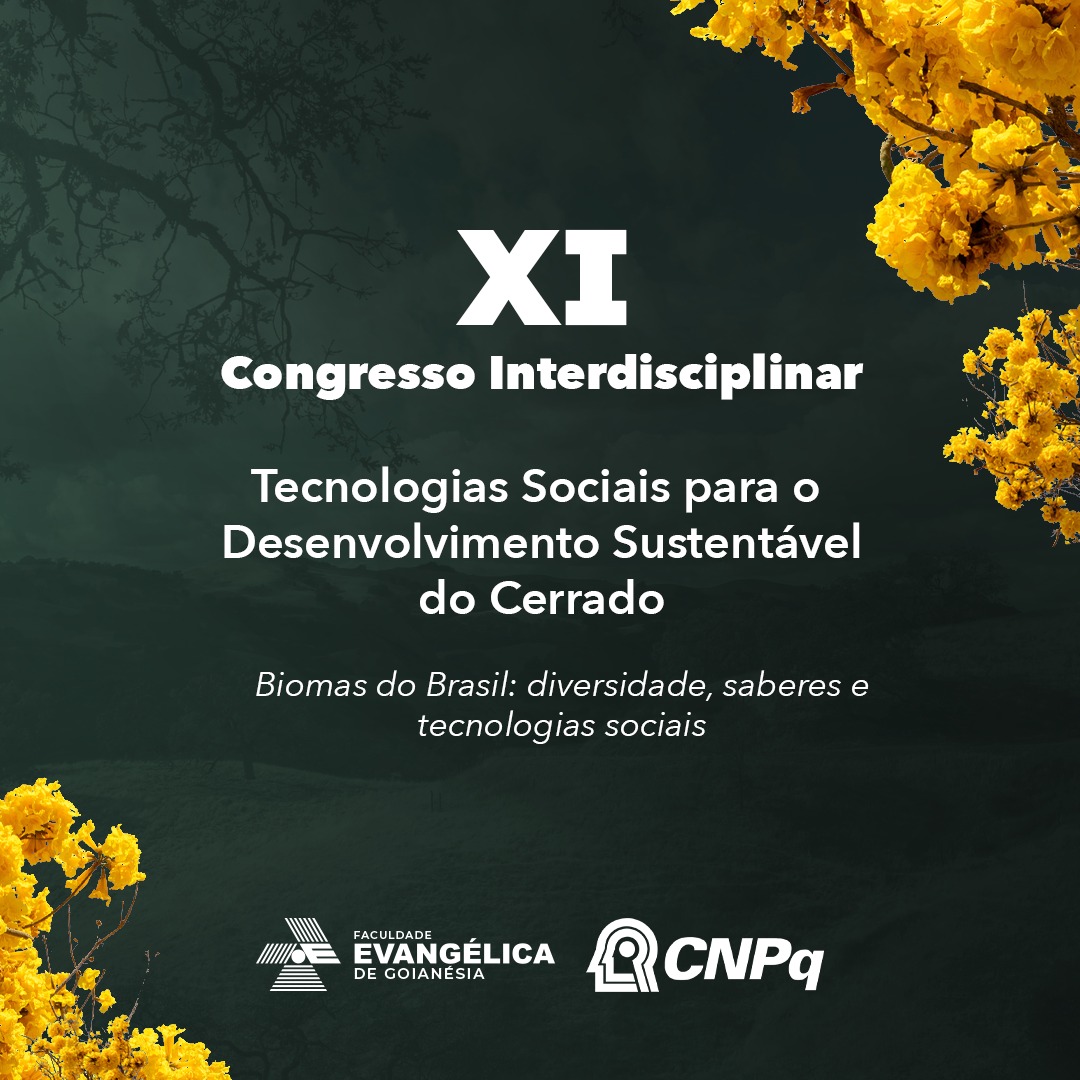Ferronickel mining slag on substrates for production of pre-sprouted sugarcane seedlings
Keywords:
Saccharum officinarum L, Agro-Industrial Waste, Mining ScumAbstract
The mining industry generates a large amount of solid and liquid waste and accumulates, causing great socioenvironmental impacts. The state of Goiás is the third state with the highest production of ores in Brazil, behind Minas Gerais and Pará, and is the main nickel producer in Brazil. The main residue of ferronickel mining is slag, a solid residue with low solubility and rich in magnesium silicate. The agricultural use of industrial waste is still unusual in Brazil, although it presents a high availability of materials. For sugarcane crops that have grown the use of presprouted seedlings for subsequent planting in the field, the use of quality substrates, which provide physical and chemical conditions for the development of these seedlings, is fundamental for good development. The objective of this work was to evaluate the potential of the use of mining excorives in substrates for the production of precrushed sugarcane seedlings. For this, a trial was carried out at the Jalles Machado Plant for a period of 46 days. The use of agro-industrial waste is an alternative for the production of presprouted sugarcane seedlings. The substrate with a 1:2 proportion of mining slag and commercial substrate presented similar results to the commercial substrate commonly used by sugar and energy plants. The use of substrates with higher slag contents reduces the initial development of sugarcane seedlings.
Published
Issue
Section
License
Copyright (c) 2024 Congresso Interdisciplinar - ISSN: 2595-7732

This work is licensed under a Creative Commons Attribution-NonCommercial-NoDerivatives 4.0 International License.

